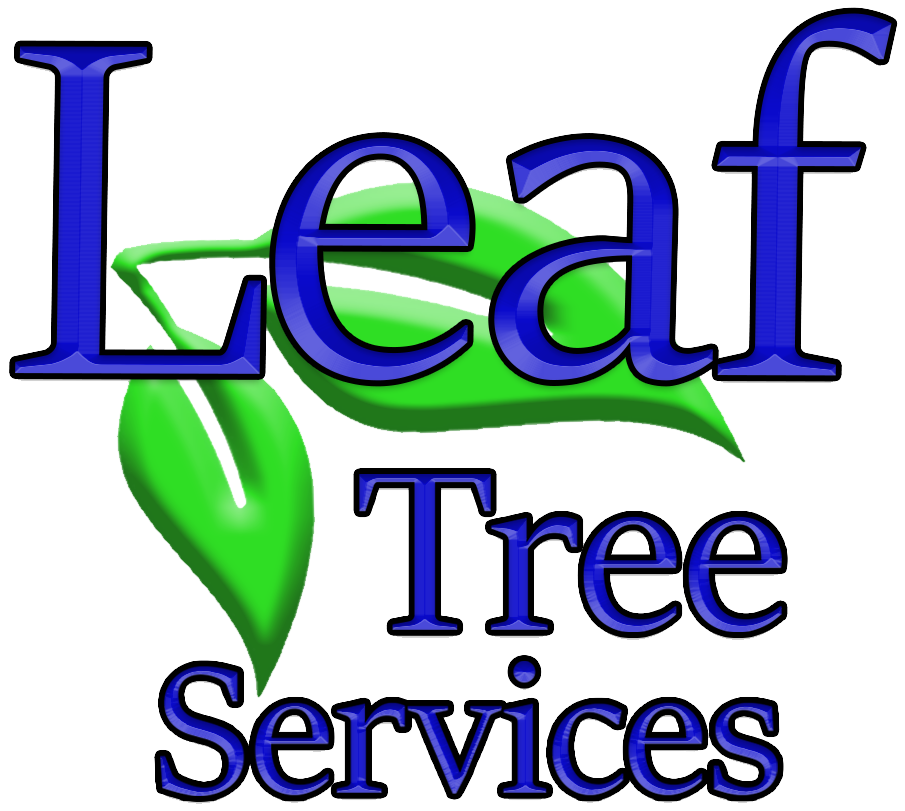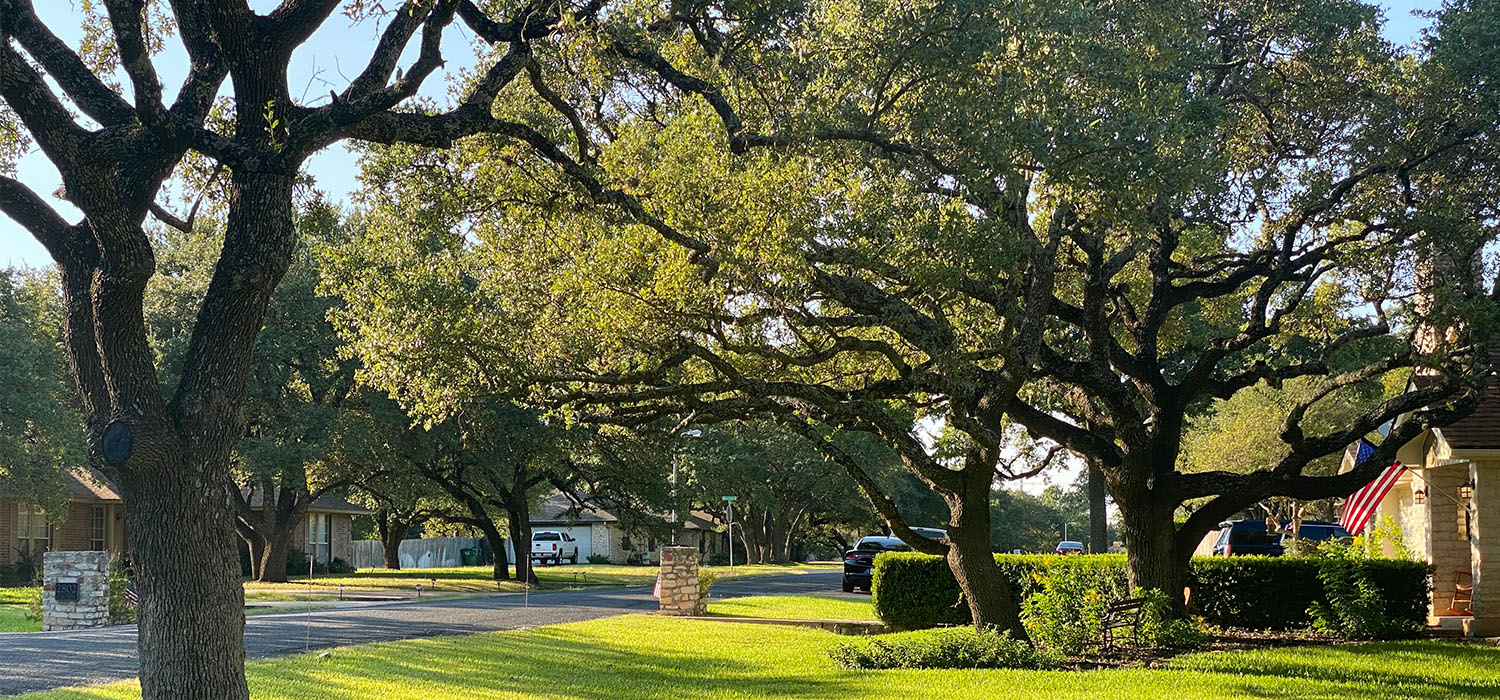Tree care services can help treat unhealthy trees
Tree care services in Round Rock and Austin TX can help you note an unhealthy tree and treat it. Trees are not only essential for maintaining the ecological balance but also contribute significantly to the aesthetic appeal of our surroundings. However, like any living organism, trees can fall victim to various ailments that can compromise their health and longevity. Recognizing the signs of an unhealthy tree is crucial for prompt intervention to prevent further decline and potential hazards. Here are some common indicators of tree distress:
- Leaf Discoloration: One of the most apparent signs of a struggling tree is the discoloration of its leaves. Healthy leaves are typically vibrant green, but if you notice them turning yellow, brown, or even prematurely falling off, it could indicate underlying issues such as nutrient deficiencies, pests, or diseases.
- Thinning Canopy: A sparse or thinning canopy is another red flag that something might be amiss with the tree. When a tree’s canopy starts to thin out, it could be due to various factors such as insect infestations, diseases, root damage, or environmental stressors like drought or excessive heat.
- Dead Branches: Dead or decaying branches within the canopy are not only unsightly but also pose a significant risk of falling, potentially causing property damage or injury. Dead branches may result from disease, pest infestation, or physical damage, and their presence signals a need for immediate attention from tree care professionals.
- Bark Abnormalities: The bark serves as the protective outer layer of a tree, and any abnormalities in its appearance can indicate underlying issues. Cracks, lesions, peeling bark, or fungal growths on the trunk or branches may suggest diseases or structural weaknesses that require expert assessment.
- Unusual Growth Patterns: Observing unusual growth patterns such as stunted growth, excessive leaning, or abnormal branching can indicate developmental issues or environmental stress. These anomalies may result from poor soil conditions, inadequate sunlight, root damage, or improper pruning practices.
- Presence of Pests: Infestations by pests such as aphids, borers, beetles, or caterpillars can wreak havoc on tree health if left unchecked. Signs of pest activity include visible insects, honeydew residue, wilting foliage, or abnormal leaf curling. Identifying the specific pest species is essential for implementing effective control measures.
- Fungal Growth: Fungi thrive in moist and decaying organic matter, making trees susceptible to fungal infections, especially if they are stressed or injured. Visible fungal growths on the trunk or roots, as well as the presence of conks or mushrooms at the base of the tree, indicate potential decay and require professional evaluation.
- Root Issues: Since roots are out of sight, root-related problems often go unnoticed until they manifest as above-ground symptoms. Signs of root issues include soil heaving, reduced foliage, leaning or uprooting of the tree, and the presence of surface roots or root rot. Addressing root problems promptly is essential for preserving tree stability and health.
How Tree Care Experts Can Help Resolve Tree Health Issues
Maintaining the health and vitality of trees requires expertise, experience, and a comprehensive understanding of arboriculture principles. Tree care professionals play a crucial role in diagnosing, treating, and mitigating tree health issues to ensure the long-term well-being of our green companions. Here’s how these experts can help resolve common tree health concerns:
- Professional Assessment: Tree care experts conduct thorough assessments to evaluate the overall health and condition of trees, identifying existing problems and potential risks. Using specialized tools and techniques, they inspect various factors such as tree structure, foliage condition, soil quality, and environmental stressors to formulate appropriate management strategies.
- Disease Diagnosis and Management: Recognizing the signs and symptoms of tree diseases requires specialized knowledge and diagnostic skills. Tree care professionals can accurately identify the underlying pathogens responsible for diseases and prescribe targeted treatment options, including fungicidal applications, cultural practices, and tree injections, to manage or eradicate the infection.
- Pest Control: Effectively managing pest infestations demands a multifaceted approach that combines monitoring, prevention, and intervention strategies. Tree care experts employ integrated pest management (IPM) techniques to control insect pests while minimizing environmental impact. This may involve insecticide treatments, biological control agents, pheromone traps, or habitat modifications to disrupt pest life cycles.
- Pruning and Structural Support: Proper pruning is essential for maintaining tree health, improving aesthetics, and reducing the risk of branch failure. Tree care professionals utilize pruning techniques based on arboricultural standards to remove dead, diseased, or structurally weak branches, promoting airflow, light penetration, and structural integrity. Additionally, they may install support systems such as cables, braces, or propping devices to reinforce weak or hazardous limbs.
- Soil Management: Healthy soil is fundamental to tree vitality, providing essential nutrients, water, and oxygen to support root growth and function. Tree care experts assess soil composition, pH levels, compaction, and drainage characteristics to develop customized soil management plans. Techniques such as soil aeration, mulching, fertilization, and organic amendments enhance soil health and optimize tree performance.
- Root Care: Addressing root-related issues is critical for preserving tree stability and preventing decline. Tree care professionals employ specialized root excavation, pruning, and rehabilitation techniques to alleviate soil compaction, correct girdling roots, and promote healthy root development. Additionally, they may implement root collar excavation to expose and inspect root flare integrity, reducing the risk of stem girdling and decay.
- Environmental Stewardship: Tree care experts advocate for sustainable practices that prioritize environmental conservation and long-term tree health. They educate property owners on proper tree care practices, water management, pest prevention, and species selection to enhance urban forest resilience and biodiversity. Furthermore, they collaborate with local communities and organizations to promote tree-planting initiatives, urban forestry programs, and green infrastructure projects.
In conclusion, proactive tree care and timely intervention by qualified professionals are essential for maintaining vibrant, healthy trees in our urban and suburban landscapes. By recognizing the signs of tree distress and enlisting the expertise of tree care specialists, we can preserve the beauty, ecological value, and safety of our cherished arboreal assets for generations to come.
Hire the best tree care services in Round Rock and Austin TX
Leaf Tree Services is your locally owned professional tree service with certified arborists for residential and commercial customers in Round Rock, Austin, and surrounding Central Texas areas. You can trust your trees to us. Contact us today to schedule a consultation, at 512-670-6766.


